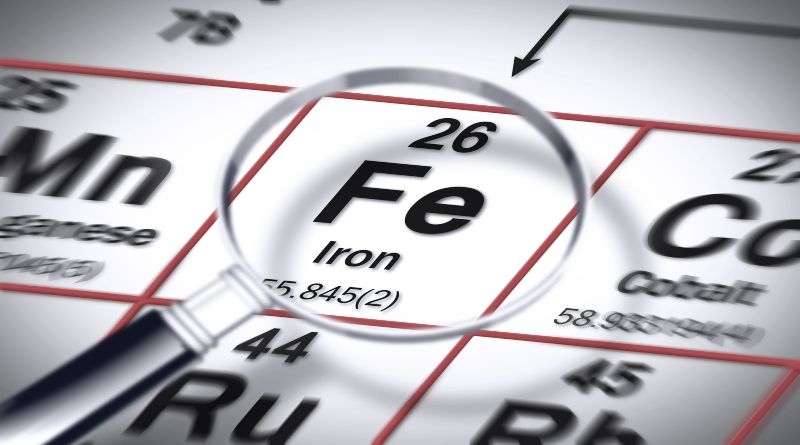Iron picolinate may be a solution for difficult-to-fortify foods like yogurt containing fruit, says a new study from Nestlé Research and ETH Zurich.
Writing in the European Journal of Nutrition, the Switzerland-based scientists report that the bioavailability of iron from iron picolinate was similar to that observed for iron sulfate.
“Iron fortification of complementary food can be an effective mean to reduce the risk of iron deficiency and iron deficiency anemia. Nevertheless, iron added in this type of product must be provided at adequate quantity and must be bioavailable,” wrote the researchers.
“Our study was performed in young women with low iron stores, and suggests that iron picolinate is as bioavailable as iron sulfate from a complementary yogurt. A higher fractional absorption of iron picolinate would be likely if co-ingested with ascorbic acid by iron deficient children.
“[I]ron picolinate could be a promising compound for the fortification of difficult-to-fortify foods, to help meet Fe requirements of infants, young children and women of childbearing age.”
Iron deficiency
Iron has long been recognized as essential in pregnancy and infancy with key roles in oxygen transport, energy production, growth and development.
Pre-pregnancy body iron stores are crucial as during pregnancy there is an increase in the demands for absorbed iron to expand the woman’s red blood cell mass. An adequate iron supply is also necessary for placenta function and the growing fetus.
While iron deficiency may be viewed as a major issue in the developing world, it is also prevalent in the US. Some reports peg the number of iron deficient people in the US at 10 million, with half of those classified as having have iron deficiency anemia.
Study details
The new study looked at the potential to fortify foods with iron picolinate, a novel form of iron.
The iron picolinate used in the study was purchased from Innophos and formulated into a yogurt containing fruits, which was consumed by young, non-anemic Swiss women. This was compared with yogurt formulated with iron sulfate.
Results showed that there were no significant differences between iron absorption between the two forms
“This study represents the first published evaluation of iron absorption from iron picolinate in humans,” wrote the researchers. “When added to a shelf-stable yogurt containing fruits, iron absorption from iron picolinate was not significantly different than iron absorption from iron sulfate.”
Source: European Journal of Nutrition








